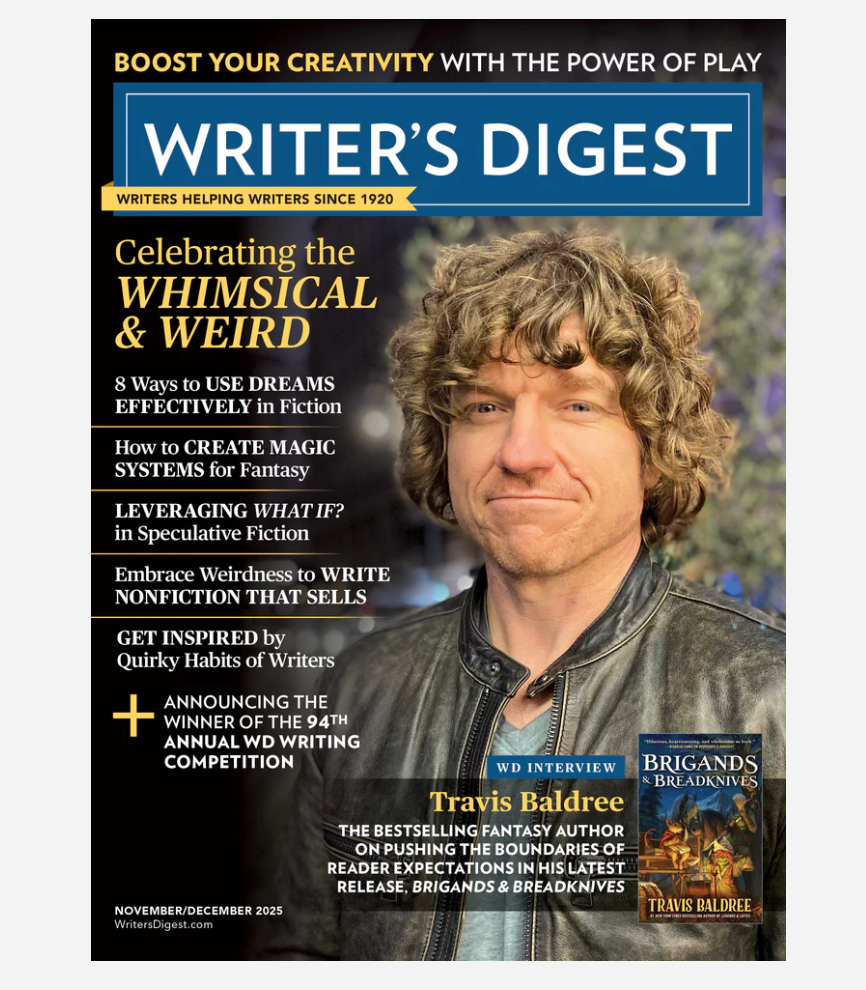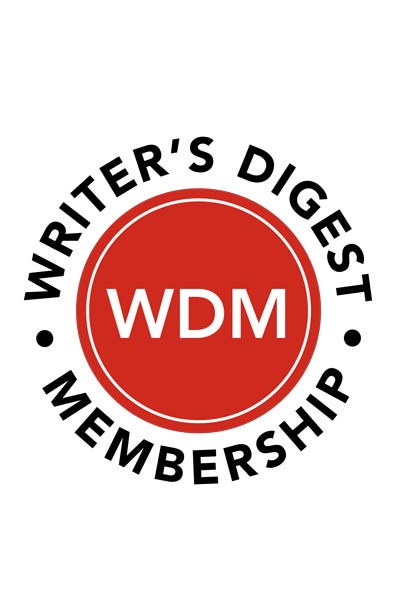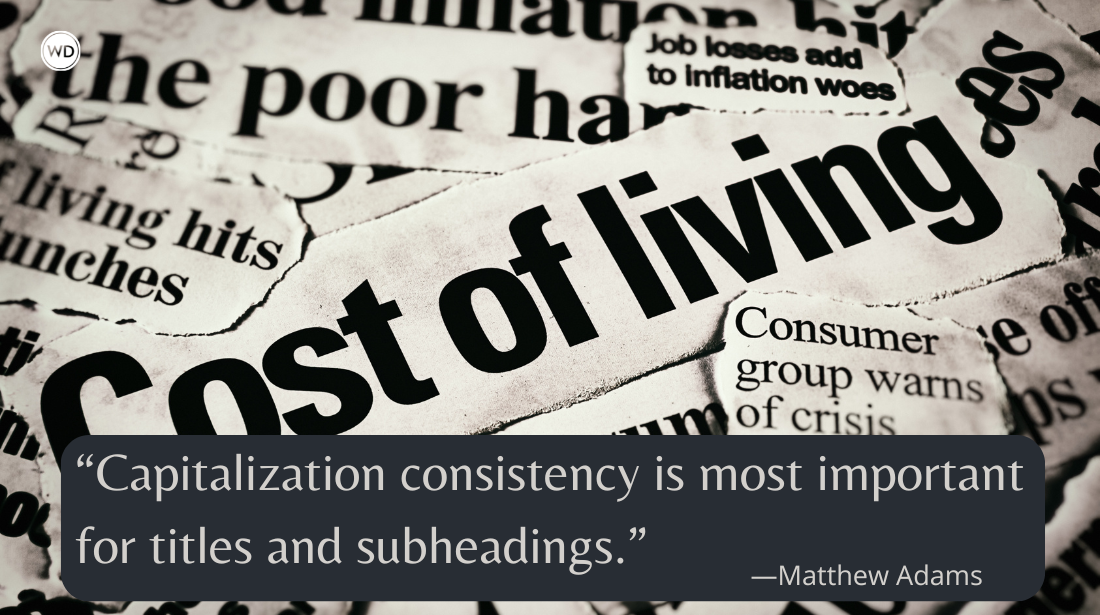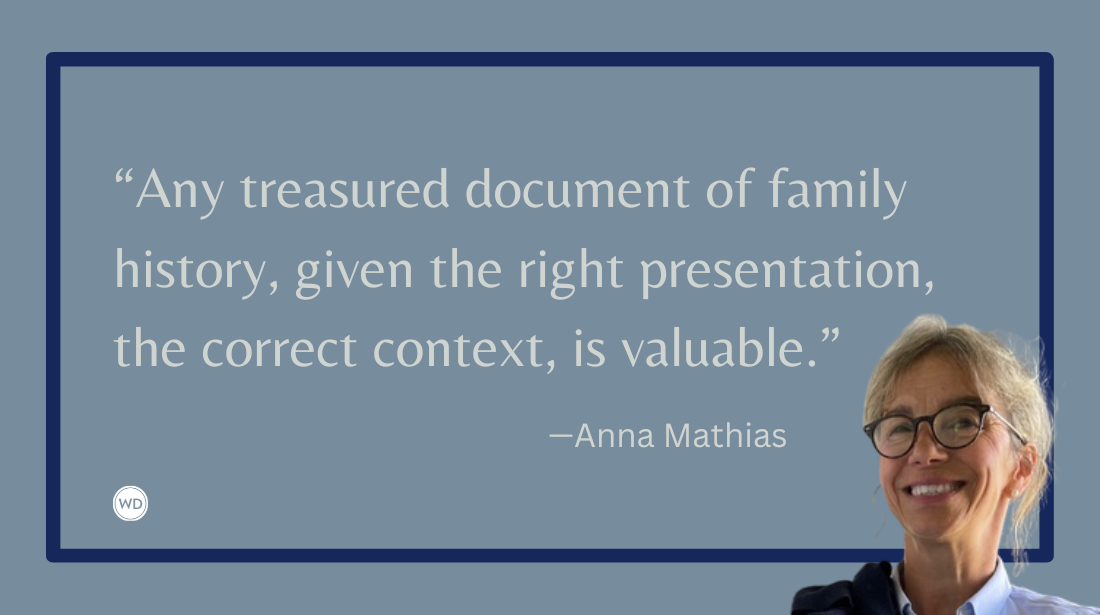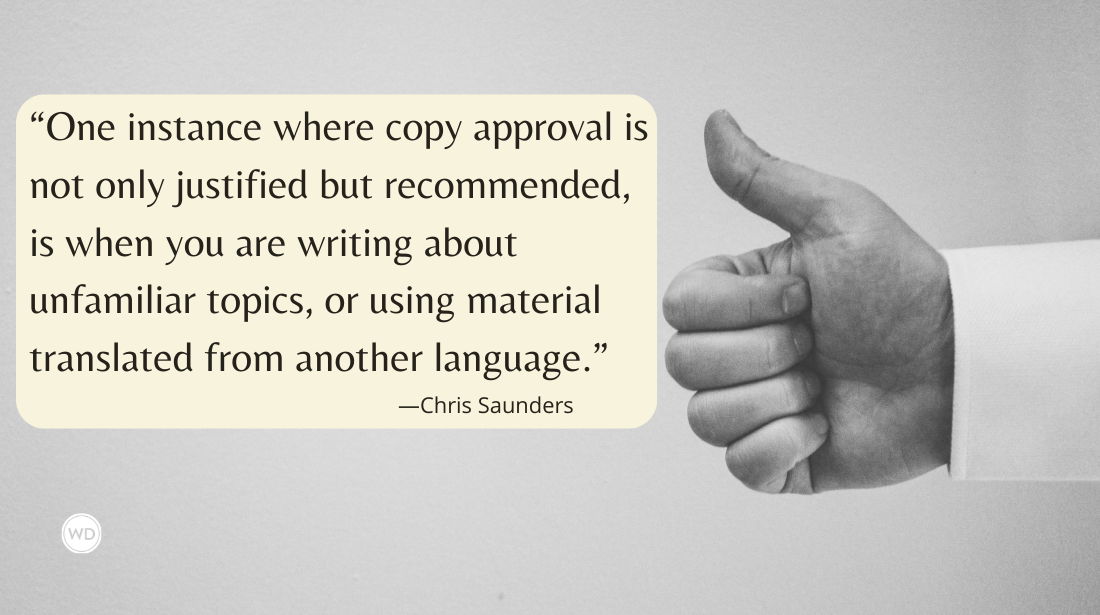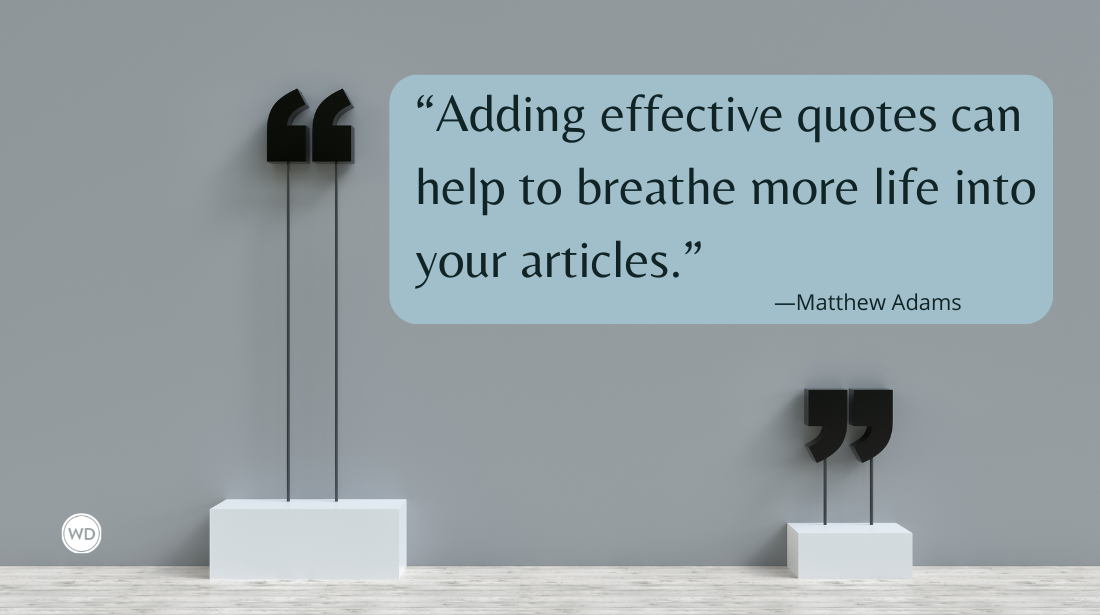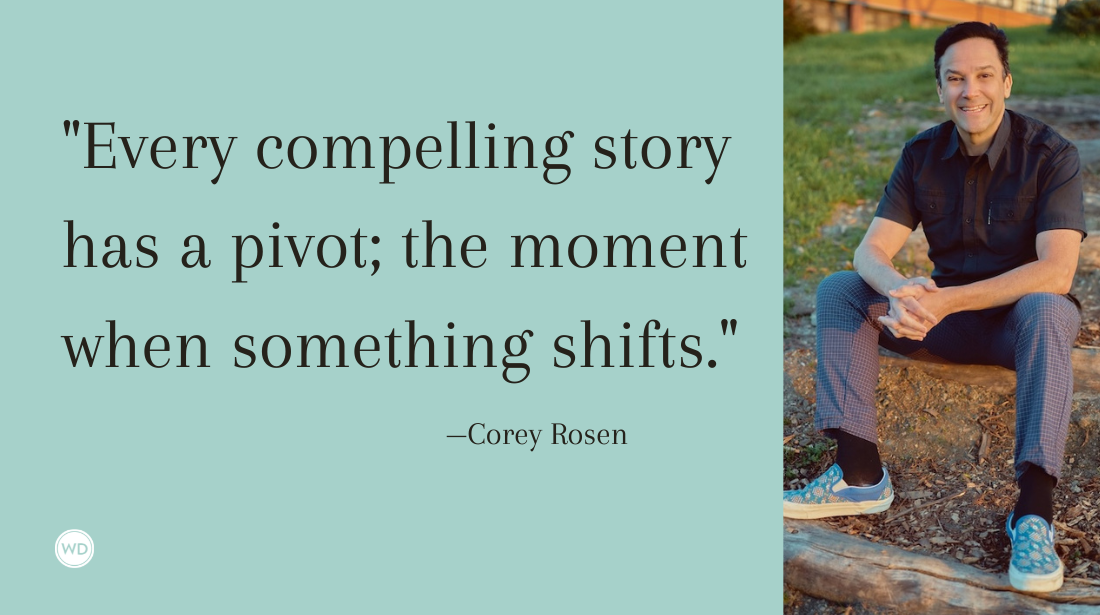5 Unconventional Ways to Structure Your Memoir
Award-winning journalist and author Gina DeMillo Wagner shares five unconventional ways to structure your memoir, including several example memoirs that use these structures.
Fiction writers have long taken liberties with structure, layering timelines, and weaving together multiple points of view. Meanwhile, traditional memoir tends to be more cautious—staying safely between the guardrails of truth by telling a story chronologically, in first person, and often in past tense.
Yet, memory is rarely linear or neat, so why should the retelling of it be? An unconventional structure can provide the scaffolding to convey the truth of your story, not just the facts. As Aristotle said, a compelling plot is “the artful arrangement of incidents.”
Experimenting with structure not only helps your memoir stand out, but it also might help readers connect with your story on a deeper level. Here are five unconventional approaches to consider as you craft your memoir, along with examples to inspire you.
Dual Timelines
Sometimes a single timeline isn’t enough to adequately tell a personal story. Flashbacks can’t always contain the crucial details of the past. In these cases, structuring your memoir around two timeframes can help.
When writing my memoir, Forces of Nature: A Memoir of Family, Loss, and Finding Home, I realized I needed two narrative arcs: one present-day thread that covered the aftermath of my brother’s sudden death at age 43; and another that traced our childhood so that readers could see the family foundation and the nuances of growing up alongside a sibling with disabilities. I moved the two timelines forward, both in present tense, with datelines to distinguish the two. As I progressed through the book, the timelines drew closer together until they finally merged in the last chapters.
Dual timelines can cover then and now or delineate before and after. In her memoir Between Two Kingdoms, author Suleika Jaouad uses two timelines to divide her life leading up to and during her leukemia treatment and afterward, when she found healing and insight through a solo, cross-country road trip. The structure resonates with anyone who has crossed the invisible boundary of a life-threatening diagnosis and embodied a new normal.
Vignettes
Vignettes are brief, evocative scenes or descriptions you can employ like a mosaic or brushstrokes to paint a complete story. The key is you must offer enough detail and resonance so that the reader doesn’t get lost. You want to offer a felt sense of the whole truth, even if you can’t tell the story in full. Some compelling memoirs that are written in snapshots or vignettes include In the Dream House, by Carmen Maria Machado; Safekeeping, by Abigail Thomas; The Crying Book, by Heather Christle; Not a Novel, by Jenny Erpenbeck; and You Could Make This Place Beautiful, by Maggie Smith.
This structure is ideal for memoir, because people tend to remember life events in flashes, snippets, or patterns—not fully formed, technicolor narratives. Jessica Hendry Nelson addresses this fragmentation in regards to her book, Joy Rides Through the Tunnel of Grief: “Our stories are often better served if they are allowed to develop on the page in fragments, more organically to the ways in which we remember them—which is to say in fits and starts, slowly and then all at once, quietly and alone, or loudly and in scene.”
Check out Gina DeMillo Wagner's Forces of Nature here:
(WD uses affiliate links)
Reverse Chronological Order
Hindsight is a gift, but did you realize it can also be a narrative structure? Most memoirs follow the arrow of time forward. This happened, and then this happened, and then this happened. They might include flashbacks or shuffle the timeline in places, but overall, the story moves in one direction. Telling a story completely in reverse presents a unique challenge to the author but delivers big payoffs for the reader who craves something unique. Perhaps you’ve seen the film Memento. In it, the main character is suffering amnesia. To find out why, viewers are taken on a backwards, recursive ride through time that is tense, mesmerizing, and captivating from the very first scene. The same effect can be achieved in literature.
In Men We Reaped, Jesmyn Ward tells two interconnected stories. One is in chronological order, covering her childhood in Mississippi. The other is about the deaths of five young men who were dear to her, told in reverse. The effect is gripping and allows the author and reader to interrogate the systems and circumstances that led to their deaths. Several novels offer inspiration for reverse chronology too. Evie Wyld’s All the Birds Singing, for example, offers two narrative arcs that begin from the same present moment, one moving forward in time and the other moving backward. And Rebecca Makkai’s The Hundred-Year House unspools family secrets in reverse, turning the reader into an investigator seeking the truth about a mysterious house and its inhabitants.
Epistolary
Memoir and personal essay writers often feel nervous writing about family members. But what if you wrote to them instead? An epistolary work takes the form of letter writing, and it works for memoir as much as fiction. An epistolary memoir grabs your attention immediately because it feels as though the author is speaking directly to you. It’s a structure that allows readers access to a level of interiority and intimacy that’s impossible with a more distanced narration. The best epistolary memoirs are crafted in a way that they feel uncrafted. They’re personal, authentic, and vulnerable while also resonating on a universal level. It’s the author’s story, and it’s your story.
For inspiration, look to Ocean Vuong’s semi-autobiographical novel, On Earth We’re Briefly Gorgeous, which is structured as a letter from a son to a mother who cannot read. Through this approach, the speaker can address unspeakable topics, explore generational history, and let his mother into parts of his life she’s never known. Kiese Laymon structures his memoir, Heavy, as a letter to his mother, confronting their painful shared history, the abuse he experienced, and the ways systemic racism impacted him and his family. Similarly, Ta-Nehisi Coates’s Between the World and Me takes the form of a letter to his son.
Alternate Points of View
Switching points of view might be controversial for a memoir. Isn’t a memoir by definition the author’s first-person story? Yet, there are creative ways to shift point of view that allow the reader insight into different perspectives, whether that be the author as character and as narrator, or perspectives from other people who lived the same story. In Childhood, by Nathalie Sarraute, the author gives a unique voice and point of view to her own memory and puts it in dialogue with herself. Together, Sarraute and her memory interrogate and provoke each other. The result is a more nuanced, fuller expression of truth.
The memoir Come Back: A Mother and Daughter’s Journey Through Hell and Back goes even further. The authors are Claire and Mia Fontaine, a mother and daughter who share parallel stories and accounts of the same time frame but from vastly different perspectives. It sheds new light on mother-daughter memoirs and makes room for the reader to sort the facts of an event from the truth of one’s experience.
Illuminating the truth is one of the central objectives of memoir, after all.
Gina DeMillo Wagner is an award-winning journalist and the author of Forces of Nature (Running Wild Press; May 14, 2024). Her writing has been featured in The New York Times, The Washington Post, Memoir Magazine, Modern Loss, Self, Outside, CRAFT Literary, and other publications. She has been honored with a 2024 Yaddo residency and is a winner of the CRAFT Creative Nonfiction Award, and her memoir was longlisted for the 2022 SFWP Literary prize. Gina has a master’s degree in journalism and is cofounder of Watershed creative writing and art workshops. She lives and works near Boulder, Colorado. You can visit her online at ginadwagner.com.


